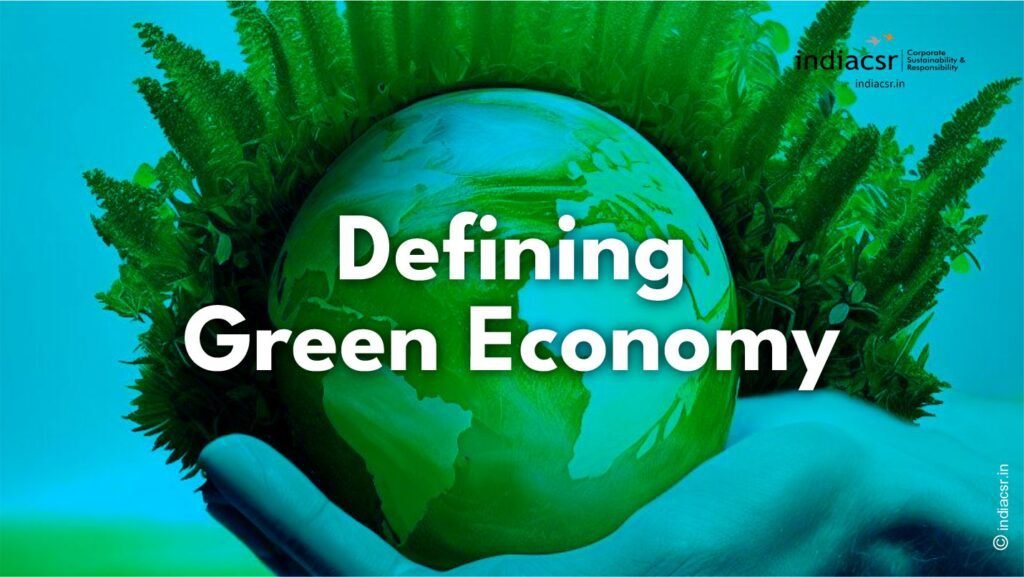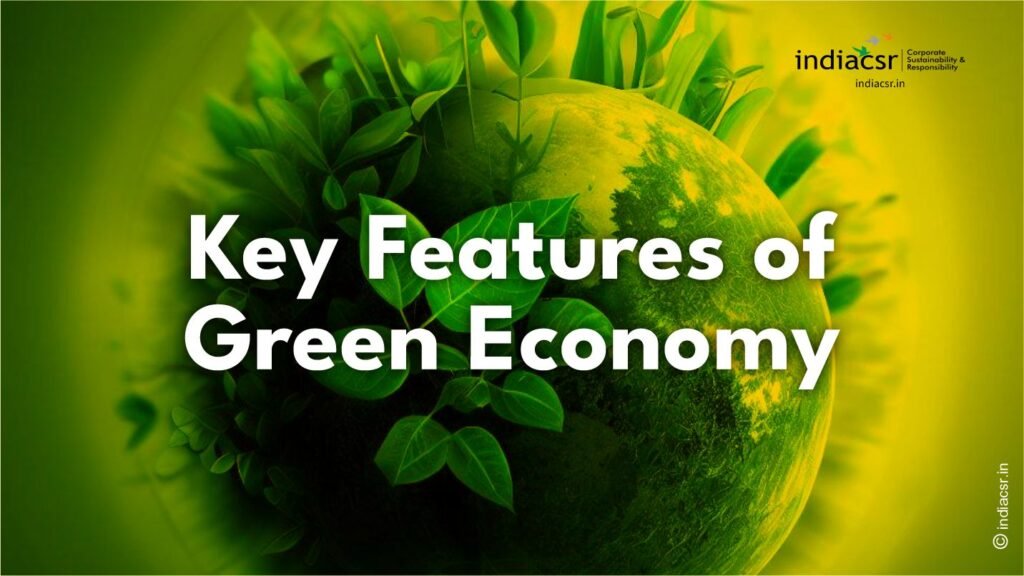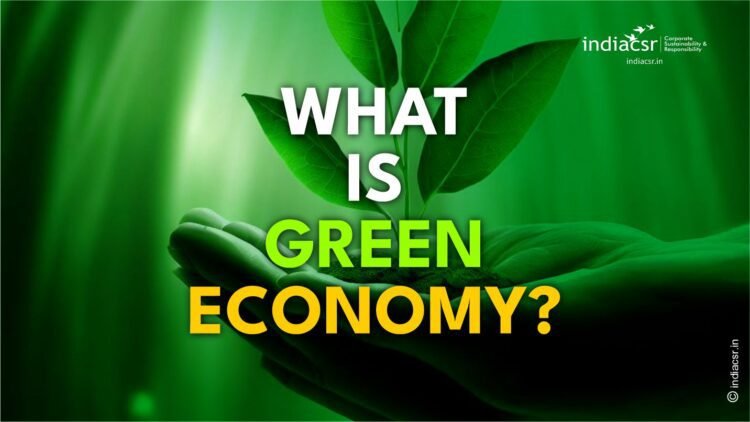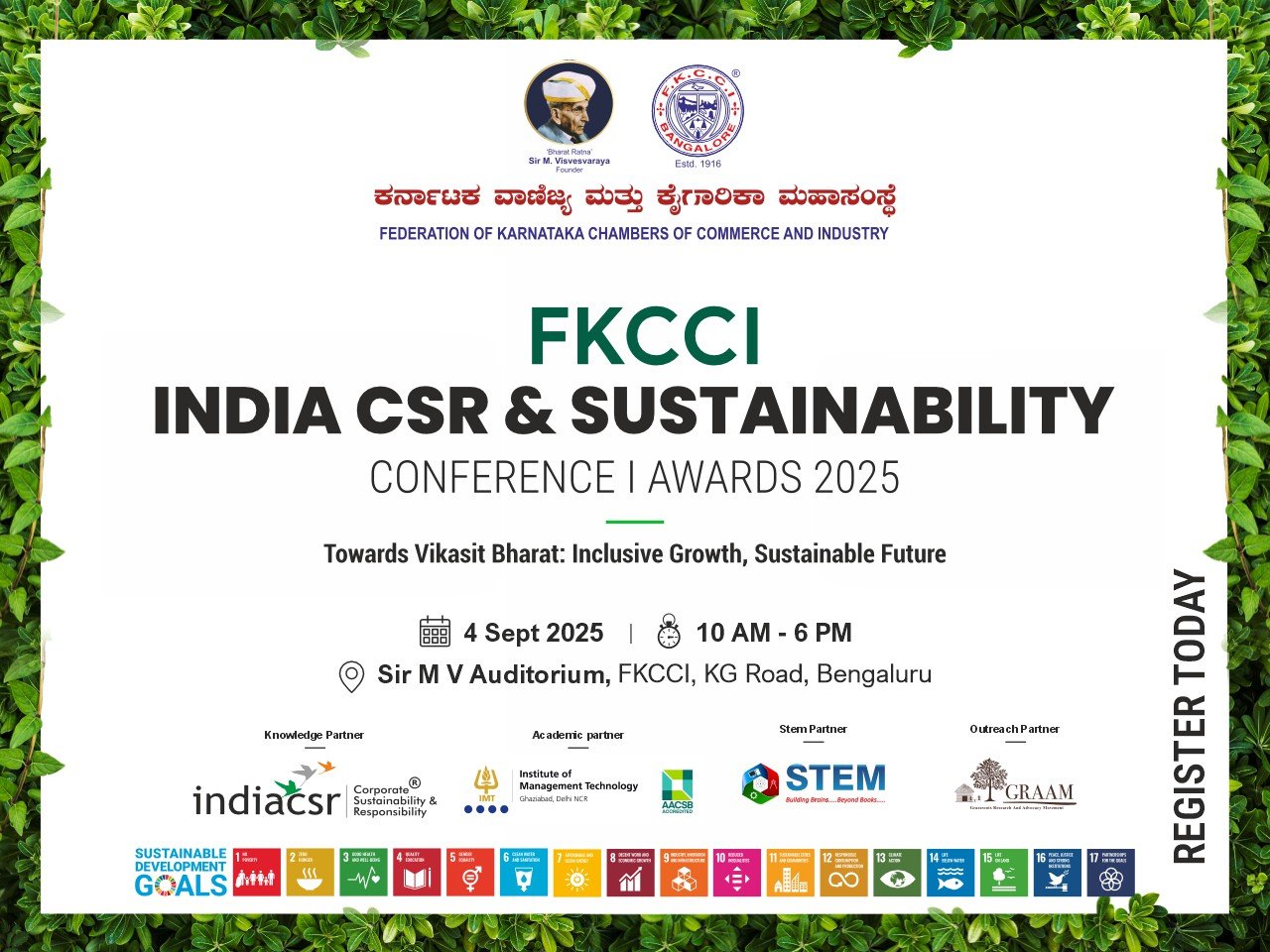A green economy is an economy that is low-carbon, resource-efficient, socially inclusive, and resilient.
The Green Economy has the potential to deliver a wide range of benefits, including job creation, economic growth, environmental protection, social inclusion, and resilience. As the world continues to face significant challenges related to climate change and unsustainable development practices, the concept of a green economy offers a promising path forward.
The concept of a green economy has gained significant traction in recent years as a potential solution to the challenges of climate change, biodiversity loss, and unsustainable development practices. But what exactly is a green economy?
A green economy is an economic system that aims to achieve sustainable development and poverty eradication by valuing and investing in natural capital, such as forests, water, soil, and fish stocks. It involves a reallocation of public and private investments, spurred through appropriate policy reforms and enabling conditions, to enhance natural capital and new sectors and technologies that will be the main sources of economic development and growth in the future. A green economy supports growth, income, and jobs, and the so-called “trade-off” between economic progress and environmental sustainability is a myth.

Defining Green Economy
The United Nations defines a green economy as one that results in improved human well-being and social equity, while significantly reducing environmental risks and ecological scarcities. It is an economy that is low carbon, resource-efficient, socially inclusive, and resilient.
A green economy is an economy that values and invests in natural capital, conserves ecosystem services, and promotes sustainable development and poverty eradication.
Our approach to the economy needs a big change. We must invest in natural resources like forests, water, soil, and fish stocks. We should also focus on new sectors and technologies like renewable energy, resource-efficient buildings, low-carbon transport, and waste management. These will drive economic growth in the future.
A green economy also creates jobs and enhances social equity, with significant employment opportunities in green sectors and policies targeting small and medium-sized enterprises.
Green Economy refers to an economic system that prioritizes sustainable development, resource efficiency, and environmental protection.

Key Features of a Green Economy
- Low Carbon: A green economy is characterized by low carbon emissions and reduced reliance on fossil fuels. It promotes renewable energy sources such as wind, solar, and hydropower, and encourages energy efficiency measures.
- Resource-Efficient: A green economy minimizes resource use and waste generation, and promotes the circular economy principles of reusing and recycling materials.
- Socially Inclusive: A green economy ensures that all members of society have access to its benefits and opportunities. It promotes decent work and sustainable livelihoods, and recognizes the value of natural resources and ecosystems for local communities.
- Resilient: A green economy is capable of withstanding shocks and stresses such as climate change, natural disasters, and economic downturns. It promotes adaptive and resilient systems, such as sustainable agriculture and green infrastructure.

Benefits of a Green Economy
Moving towards a green economy has the potential to achieve sustainable development and poverty eradication on a scale and at a speed not seen before. A green economy supports growth, income, and jobs, and the so-called “trade-off” between economic progress and environmental sustainability is a myth, especially if one measures wealth inclusive of natural assets, and not just narrowly as produced output.
The various studies find that in a number of important sectors, such as agriculture, buildings, forestry, and transport, a green economy delivers more jobs throughout the short, medium, and long terms than business as usual. In sectors whose capital is severely depleted, such as fisheries, greening will necessitate the loss of income and jobs in the short and medium term to replenish natural stocks, but this is to prevent the permanent loss of income and jobs in these same sectors.
Additionally, a green economy values and invests in natural capital. Ecosystem services are better conserved, leading to improved safety nets and household incomes for poor rural communities. Ecologically friendly farming methods improve yields significantly for subsistence farmers. And improvements in freshwater access and sanitation, market infrastructure, improve trade and aid flows and foster greater international cooperation.
A green economy has the potential to deliver a wide range of benefits, including:
- Job Creation: A transition to a green economy can create new jobs in sectors such as renewable energy, sustainable transport, and green building.
- Economic Growth: A green economy can drive economic growth by promoting innovation and new markets while reducing dependence on finite resources.
- Environmental Protection: A green economy can reduce environmental risks and ecological scarcities, improving the health and well-being of both humans and the natural world.
- Social Inclusion: A green economy can promote social inclusion by providing opportunities for marginalized communities and promoting equitable access to resources.
- Resilience: A green economy can increase resilience to shocks and stresses, such as climate change and natural disasters.
Key takeaways
- A green economy values and invests in natural capital, creates jobs and enhances social equity, and recognizes the link between poverty eradication and better maintenance and conservation of the ecological commons.
- It involves a reallocation of public and private investments towards natural capital such as forests, water, soil, and fish stocks, and enhances new sectors and technologies such as renewable energy technologies, resource and energy-efficient buildings and equipment, low-carbon public transport systems, infrastructure for fuel-efficient and clean energy vehicles, and waste management and recycling facilities.
| Topic | Description |
|---|---|
| Definition | An economic system that prioritizes sustainable development, resource efficiency, and environmental protection. |
| Goals | To achieve economic growth while reducing environmental impacts and increasing social well-being. |
| Key Principles | Decoupling economic growth from resource use, promoting renewable energy and clean technologies, and shifting towards a circular economy. |
| Examples | Renewable energy, resource-efficient buildings, low-carbon transportation, waste management and recycling, and sustainable agriculture and forestry. |
| Benefits | Increased job opportunities, improved public health, reduced greenhouse gas emissions, enhanced resource security, and increased resilience to environmental and economic shocks. |
| Challenges | High upfront costs, potential job losses in some sectors, resistance from vested interests, and the need for supportive policy frameworks and financing mechanisms. |
Also Read: Board’s Strategy towards a Green Economy
(Copy Right @ India CSR)





















